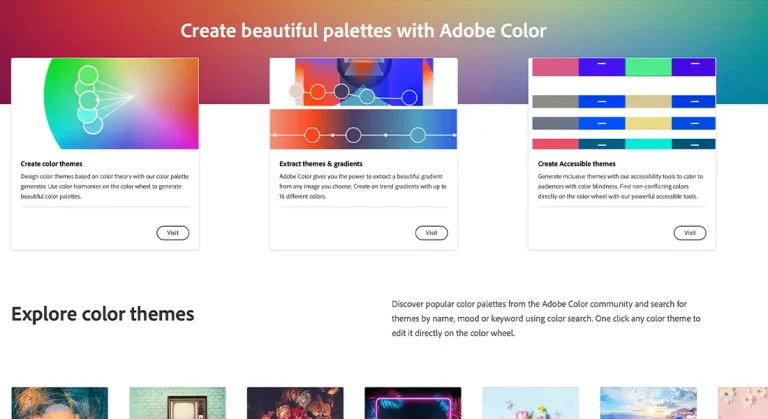
White background product photography is the gold standard in the e-commerce industry. It provides a clean, consistent, and distraction-free backdrop, ensuring that the product remains the focal point.
This style of photography is not just about aesthetics; it’s about effectively communicating the value and features of a product to potential customers.
Table of content
Why White Backgrounds are Essential for Product Photography

Consistency Across Product Lines: A white background offers a uniform look, making it easier for customers to compare products.
Highlighting Product Details: The neutral backdrop ensures that all the intricate details of the product are visible and not overshadowed.
Versatility for Various Platforms: Whether it’s an online store, a catalog, or social media, white backgrounds fit seamlessly everywhere.
Studio Lighting: Proper lighting is crucial. Using softboxes or umbrella lights can help evenly illuminate the product and reduce shadows.
Use of Reflectors: Reflectors can bounce light back onto the product, ensuring it’s well-lit from all angles.
Post-Processing: Even with the best setup, some editing might be required. Tools like Photoshop can help in achieving that flawless white background.
Common Challenges and Their Solutions

- Uneven Lighting: This can cause shadows. Solution: Use multiple light sources and reflectors to ensure even lighting.
- Product Colors Merging with Background: For white or light-colored products, differentiation can be a challenge. Solution: Adjust the lighting or use a slightly off-white background change apps in post-production.
- Gradient Backgrounds: Introducing a subtle gradient can add depth while retaining the product’s emphasis.
- 360-Degree Views: Providing multiple angles or a complete rotational view offers customers a thorough understanding of the product.
- Interactive Imagery: Incorporating zoom-in features or clickable hotspots can enhance user engagement.
The Role of Equipment in Achieving Perfection
High-quality cameras, lenses with good focal lengths, tripods, and advanced lighting equipment play pivotal roles in achieving the desired results. Investing in good equipment and understanding its functionalities can significantly elevate the quality of product photos.
Post Production
Post-production isn’t about altering the product but enhancing the overall image. This includes color correction, background cleaning, and shadow adjustments. Mastery in editing software can transform a good photo into a great one.
The Future of White Background Product Photography
Technological advancements hint at a future with augmented reality product views, 3D imaging, and interactive product displays, all anchored by the classic white background.
White background product photography is both an art and a science. With a blend of the right techniques, equipment, and post-production skills, businesses can present their products in unparalleled glory, driving sales and ensuring customer satisfaction.
The Psychology Behind White Backgrounds

The human brain is wired to appreciate simplicity and clarity. A white background in product photography taps into this psychology by offering a distraction-free environment. This allows potential customers to focus solely on the product, making it easier for them to process information and make purchasing decisions.
While the emphasis is on the product, occasionally, props can be introduced to provide context. For instance, a watch can be showcased on a white stand or a piece of jewelry on a pristine white cushion. The key is to ensure that these props don’t overshadow the product but rather enhance its features.
Shadows, when used correctly, can add depth and dimension to product photos. There are primarily two types of shadows used:
Natural Shadows: These are soft shadows usually placed directly under the product, giving it a grounded feel.
Drop Shadows: Often used in post-production, these shadows are more defined and can be positioned as per requirement.
Understanding and mastering the play of shadows can elevate the quality of product photos, making them more appealing to potential customers.
Preparing Products for the Shoot
Before the actual shoot, it’s essential to prepare the products:
Cleaning: Ensure the product is spotless. Any dust or smudges can be magnified in photos.
Positioning: Depending on the product, decide on the angles that best showcase its features.
Multiple Products: If photographing a range, maintain consistency in positioning, lighting, and angles.
In the digital age, customers expect to zoom in and see the minutest details of a product. Hence, always shoot in the highest resolution possible. This not only provides clarity but also ensures that the product’s features are highlighted effectively.
Mobile vs. Desktop: Adapting Imagery
With a significant chunk of consumers shopping on mobile devices, it’s crucial to ensure that product photos are optimized for both desktop and mobile viewing. This might mean adjusting aspect ratios, resolutions, or even the framing of the product.
The world of photography is ever-evolving. New techniques, equipment, and software are continually emerging. To stay ahead in the game, continuous learning and upgradation of skills and tools are essential.
FAQs
It offers a distraction-free backdrop, emphasizing the product’s features and value.
Proper lighting, reflectors, optimal camera settings, and post-production editing are key.
Uneven lighting and product color blending are common challenges, but they can be addressed with the right techniques.
Yes, gradient backgrounds, 360-degree views, and interactive imagery can elevate your product photos.
It’s vital for enhancing the overall image quality, including color correction and background cleaning.
if you’re looking to increase your online conversion but still feel you are not sure where to start – check out these resources below:








1 thought on “White Background Product Photography: A Comprehensive Guide to Excellence”
I am realⅼy happy to ցⅼance at thiѕ blog posts which consists
of lots of helpful facts, thanks for providіng these
information.